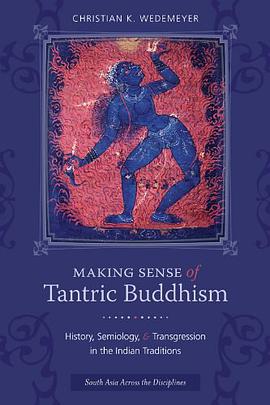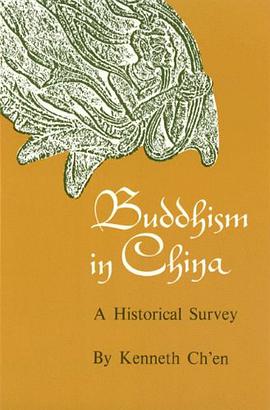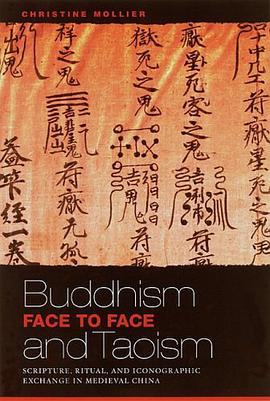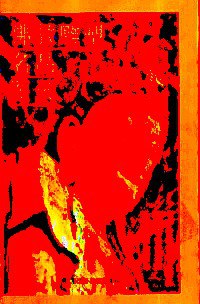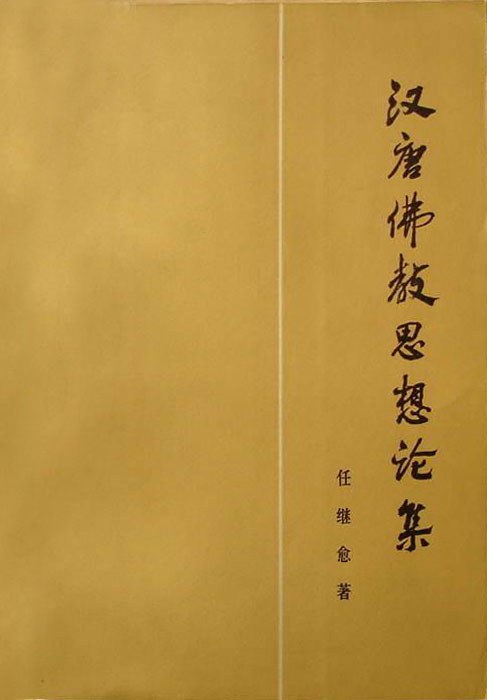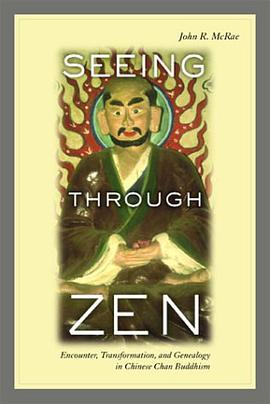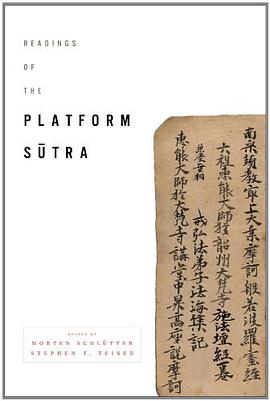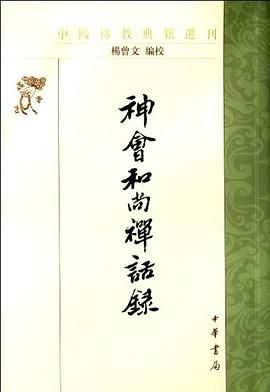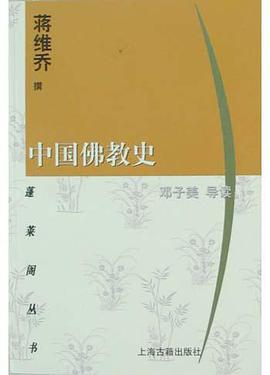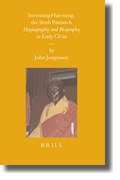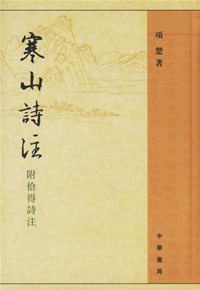Making Sense of Tantric Buddhism 豆瓣
作者:
Christian K. Wedemeyer
Columbia University Press
2012
Christian K. Wedemeyer’s systematic investigation into Buddhist Tantric traditions fundamentally rethinks the nature of its transgressive theories and practices and situates them firmly within larger trends in learned Indian culture. Challenging the notion that such phenomena are “marginal” or primitive, Wedemeyer demonstrates these antinomian “rituals of rebellion” were integrally related, ideologically and institutionally, both within the Buddhist mainstream and Indian culture.
Revisiting various interpretations of esoteric Buddhism from the early-nineteenth century to the present, Wedemeyer demonstrates the fallacies of attributing Tantric transgression to either the passions of lusty monks, primitive tribal rites, or slavish imitation of Indian Śaiva traditions. He likewise interrogates the narratives that depict Tantrism as a degenerate form of Buddhism, as a primal religious undercurrent, or as medieval ritualism, exposing these as stock patterns in the European historical imagination. Surveying indigenous Buddhist accounts of the history of their traditions, he reveals the lived world of Tantric Buddhism as largely continuous with the Indian religious mainstream and deploys contemporary methods of semiotic and structural analysis to make sense of its seemingly repellent and immoral injunctions. Conducting the first-ever semiological reading of the influential Guhyasamāja Tantra, Wedemeyer underscores the text’s overriding concern with purity, pollution, and transcendent insight—issues that are shared by all Indic religions. He also conducts a large-scale, quantitative study of Tantric literature, showing the radical antinomianism that has been taken generically as Tantric “practice” (caryā) is instead a rarefied and highly managed ritual observance restricted to a sacerdotal elite. These insights into Tantric scripture and ritual enable a better appreciation of the continuities between South Asian Tantrism and broader currents in Indian religion, and Wedemeyer successfully illustrates how thoroughly these “radical” communities were integrated into the intellectual, institutional, and social structures of South Asian Buddhism.
Revisiting various interpretations of esoteric Buddhism from the early-nineteenth century to the present, Wedemeyer demonstrates the fallacies of attributing Tantric transgression to either the passions of lusty monks, primitive tribal rites, or slavish imitation of Indian Śaiva traditions. He likewise interrogates the narratives that depict Tantrism as a degenerate form of Buddhism, as a primal religious undercurrent, or as medieval ritualism, exposing these as stock patterns in the European historical imagination. Surveying indigenous Buddhist accounts of the history of their traditions, he reveals the lived world of Tantric Buddhism as largely continuous with the Indian religious mainstream and deploys contemporary methods of semiotic and structural analysis to make sense of its seemingly repellent and immoral injunctions. Conducting the first-ever semiological reading of the influential Guhyasamāja Tantra, Wedemeyer underscores the text’s overriding concern with purity, pollution, and transcendent insight—issues that are shared by all Indic religions. He also conducts a large-scale, quantitative study of Tantric literature, showing the radical antinomianism that has been taken generically as Tantric “practice” (caryā) is instead a rarefied and highly managed ritual observance restricted to a sacerdotal elite. These insights into Tantric scripture and ritual enable a better appreciation of the continuities between South Asian Tantrism and broader currents in Indian religion, and Wedemeyer successfully illustrates how thoroughly these “radical” communities were integrated into the intellectual, institutional, and social structures of South Asian Buddhism.
